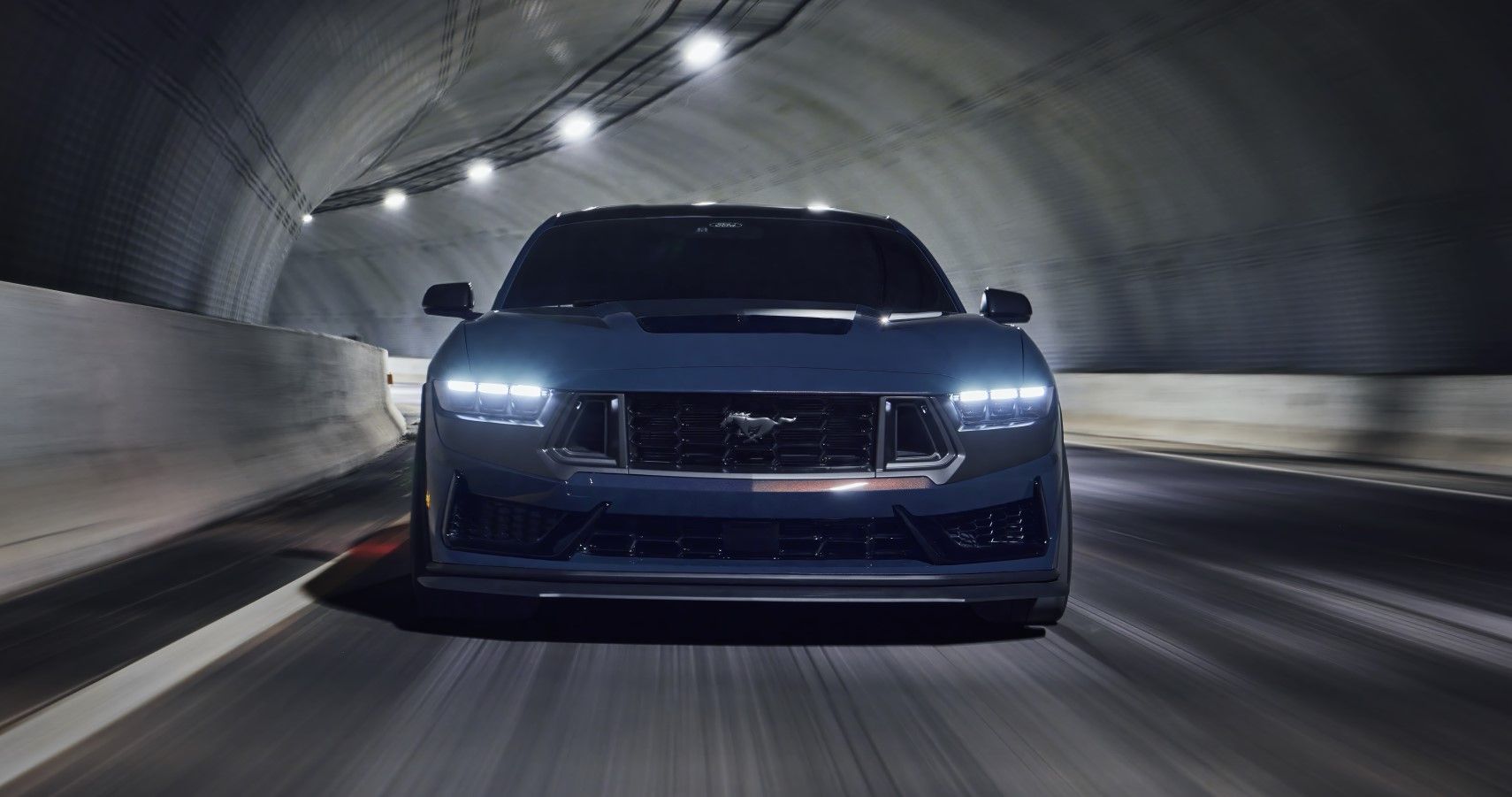

The Coyote shares a similar platform to the 4.6L, except the bore diameter increased from 3.54˝ to 3.63˝ and the stroke increased from 3.54˝ to 3.65˝, giving the Coyote a 302.1 cid. The block was cast different with a different configuration from previous Modulars.” “The bore centers were still the same as the Modular, so the factory could still make these things cheap,” says Michael Rauscher of L&M Engines. The block also incorporates piston cooling jets and unique oil drain back and windage control for high rpm performance. The Gen I Coyote engine features an aluminum block with cross-bolted main bearing caps and thick bearing bulkheads for strength. Since 2011, a Coyote engine has been in all Mustang GTs and has been available as an option in upgraded F-150s. Though eventually Coyote engines would be added to F-150s as well, initially they were developed with the Mustang GT in mind, and the 2011 GT was the first car with a Coyote. That technology was Twin Independent Variable Cam Timing, and 2010 was the first year that Ford added it to some of its engines, including the Coyote. Very easily, Ford could change the tooling to create variants of engines to serve different purposes, and as such, the Modular engine improved dramatically since the first iteration in 1990.īut, Ford had some exciting new technology it couldn’t wait to add to the Modular designs. With an increased push for engines that had more power and more economy, it was clear that technology needed to improve dramatically, and that wasn’t going to be possible if Ford chose to stay with a traditional, small block engine.įord had been making Modular engines since the early ‘90s and that engine design allowed a flexibility not possible with small blocks. Coyote Historyįord’s first Coyote engine was built in 2010. We caught up with a few engine builders to get their take on decade-old, powerhouse of an engine. From its history, to its name, to the engineering components that allow the Coyote engine to produce impressive power with a relatively small displacement, people have a lot of questions about it. The Coyote today has gone through three different generations of engines, which can be found in the Ford Mustang, the GT350, the GT500 and Ford F-150 trucks.ĭespite its relatively small displacement, the 5.0L Coyote is able to create good horsepower, and to Mustang enthusiasts, the Coyote engine is much more than that.

The Coyote’s architecture was also Ford’s first implementation of its Twin Independent Variable Cam Timing (TI-VCT) technology on a V8 engine, a feature which considerably improves fuel economy and power delivery all while reducing emissions. However, the real name was given from the manufacturing process where the tooling could be changed out in a matter of hours to manufacture different versions of the engine family.ĭebuting in the 2011 model year, the Coyote is a 5.0L, naturally aspirated V8 engine featuring a dual overhead cam (DOHC) design. The term ¬Modular had always been thought to be a name for the engine design or the ability to share certain parts. in order for the engine to utilize existing Modular production line tooling. Since this engine replaced the already popular 4.6L and 5.4L Modular engines, the Coyote engine had to remain close to the same physical size of the outgoing 4.6L, and share other specifications with it such as bore spacing, deck height, bell housing bolt pattern, etc. At the time the first-generation engine was being designed, Ford engineers needed a V8 engine, specifically for the Mustang GT, that would compete with the GM 6.2L LS3 used in the new Chevrolet Camaro and the new Chrysler 6.4L Hemi in the Charger, Challenger and Grand Cherokee. Based off of the architecture of the 4.6L and 5.4L Modular V8s, the “Coyote” V8 platform was the latest evolution of performance engine from the Ford Motor Company in 2010.


 0 kommentar(er)
0 kommentar(er)
